#RedwithKashmir: How effective is social media's turning 'red' to the cause
Upward of 62,000 users following Instagram account remain united against Indian atrocities in IoK

PHOTO: AFP
While several hashtags gained traction amid the rising tensions, the most eye-catching is a bright red coloured image accompanying social media trends. A hashtag, reflective of the image itself, #redwithkashmir also spread like wildfire.
Among the more popular campaigns emerged an Instagram account with over 62,000 followers. As more social media users continue to sympathise with the cause over the last three days, the handle’s red image culminated as an umbrella for supporters. Several such accounts continue to post updates through Instagram posts and stories regarding the ongoing uprising in the occupied valley.
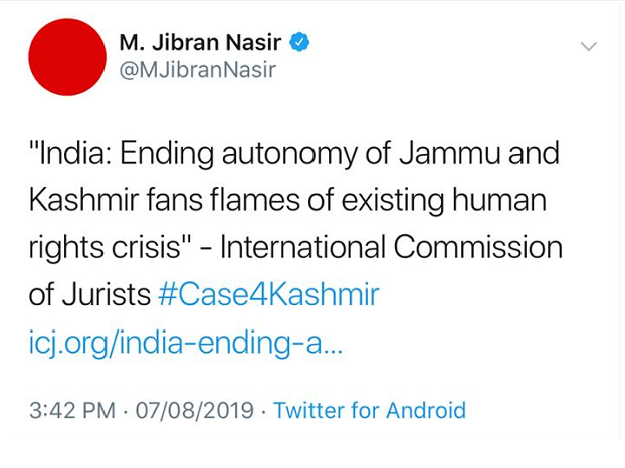
Indian soldiers patrol silent streets after occupied Kashmir curfew
The red image was also picked up by Facebook users; whereas Twitterati united under hashtags such as #standwithkashmir, #freekashmir and #kashmirunderthreat.
How did the movement take off?
With 'red' being reminiscent of chants such as "bleed with Kashmir", the image stays relevant to the rather troubled history of the occupied valley. Three days on, it continues to incite the emotions of users.
Commenting on the matter, Karachi-based journalist Ramsha Jahangir said, "It's interesting because this movement picked up on Instagram, whereas political movements mostly kick off on Twitter and Facebook".
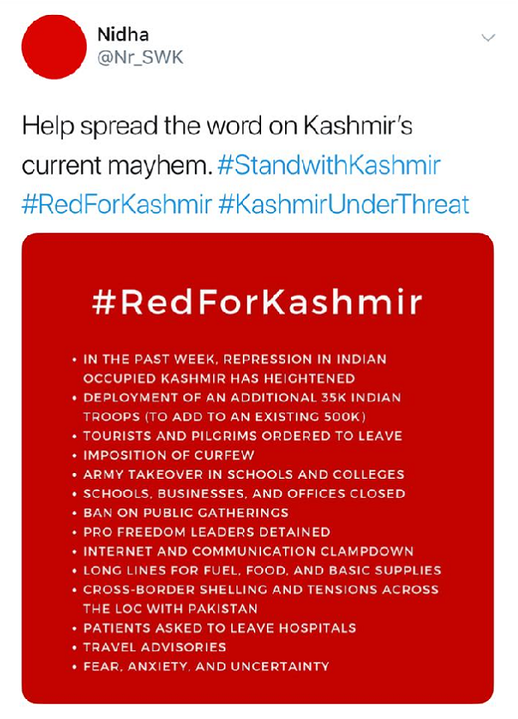
Activist and Aik Awam Movement (AAM) Founder Jibran Nasir, who expressed solidarity with the cause by going 'red', maintained that "the account originated from Kashmir".
"I know a couple of Kashmiri activists, who informed me, that the image went viral after the constitutional abrogation," he said.
When asked about the authenticity of the movement, Nasir remarked that there may be fake accounts, too, operating under the trends and the image.
"However, the information emitted through these accounts should have been made public long ago," he countered, adding that the Pakistani state and the media misread the state of anarchy in occupied Kashmir.
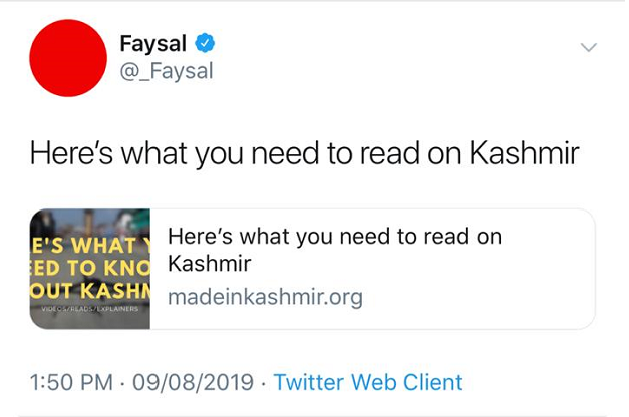
The Narendra Modi-led government on Thursday deployed 28,000 troops in addition to the 10,000 already deployed since a week before. The occupied territory entered its second day of a communication blackout after the Indian Parliament's move to repeal Article 370.
Speaking to the Express Tribune, veteran activist Marvi Sirmed said: "To say Kashmiris initiated this movement is unclear because we have not identified where do these Kashmiris hail from".
"Occupied Kashmir is paralysed. They have no food neither do they have access to phone lines. I am in contact with New Delhi-based Kashmiris but they are not able to get through to their relatives in IoK," said activist Marvi Sirmed.
She reckoned that it is unlikely for people in Azad Kashmiris to be behind the movement.
Is the movement living up its purpose?
The campaign, with its global outreach, turned many heads thereby calling international forums to attention.
Director at Bolo Bhi, a digital rights organisation, Usama Khilji, advocated in support of such political campaigns.
"They can be used in a constructive manner; a lot of people online have been trying to amplify the few Kashmiri voices on the internet that are able to report on what is happening in the valley, and what kind of support they need," he told the Express Tribune.
On whether the movement is as effective is debatable. Country Director at Bytes For All (B4A), a human rights and research think-tank, Shahzad Ahmad, said that such movements are extremely short-lived.
With daily life at a halt in the occupied valley, coordinating under hashtags or running umbrella social media movements are doing little to nothing to rescue the Kashmiri diaspora, he said.
"In the age of cyber armies, such hashtags and images become playgrounds for hate-mongers," Ahmad told the Express Tribune.
"Such movements are an outcome of clicktavists emerging on social media platforms," he explained. "There are other ways to make your efforts more noticeable such as by documenting the human rights violations and approaching global bodies including the Office of the United Nations High Commissioner for Human Rights (OHCHR) with photographic and written proof."
"Kashmiris are being caged in a black hole and a social media campaign is not the most potent method of helping them," he added.
The responsibility of the state
While the turning 'red' of social media is one way to fight for the cause, it is crucial to assess whether such a trend could be rendered counter-productive.
Sirmed, on the occasion, maintained that the responsibility to ensure that online spaces do not turn vile rests with the state.
"In such times, the state usually avoids taking a position or a tilt because they want to remain neutral," she added. "Social media paints the opposite picture, which is quite contrary to the state narrative."
"There is more urgency on the internet, which could also become controversial and injurious to the security of Pakistan," she said.
Acknowledging that such movements may be quick to exaggerate or sway the truth, Ahmad said that "spreading fake news could alienate or disorient the international community".
The Indian government is perpetually trying to silence voices from the region. Khilji, while supporting the cause, asserted that "internet users must bifurcate fake news from real", adding that the movement could play a critical role in splitting authentic voices from the region.
Some activists, however, remain exceedingly concerned with the cause and have ended up disassociating themselves from the potential hazards of an online political campaign. Sardar Siddique Khan, a senior member of the Kashmir Council-European Union (EU), stated: “As long as it is helping our cause, it is a positive thing. For the first time in years, local publications in Belgium have also picked up the trend".
Indo-Pak tensions over Kashmir heightened after the abolition of Articles 370 and 35A, which would allow "outsiders" to acquire property and settle in IoK.
Authorities issue alert to villagers living along LoC amid tensions with India
Following this move, the Indian government-imposed Section 144 of the CrPC. Local political leaders have been detained or arrested. Former chief ministers of the occupied valley, Omar Abdullah and Mehbooba Mufti, were placed under house arrest. Locals fear that the move is intended to reduce Kashmiris to minority status in order to alter the demographics.
The BJP-led government continues to vehemently oppose internationalising the Kashmir conflict and has denied access to international rights groups including the UN for an independent inquiry of human rights violations by its troops in the occupied territory.




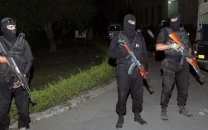

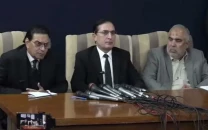












COMMENTS
Comments are moderated and generally will be posted if they are on-topic and not abusive.
For more information, please see our Comments FAQ